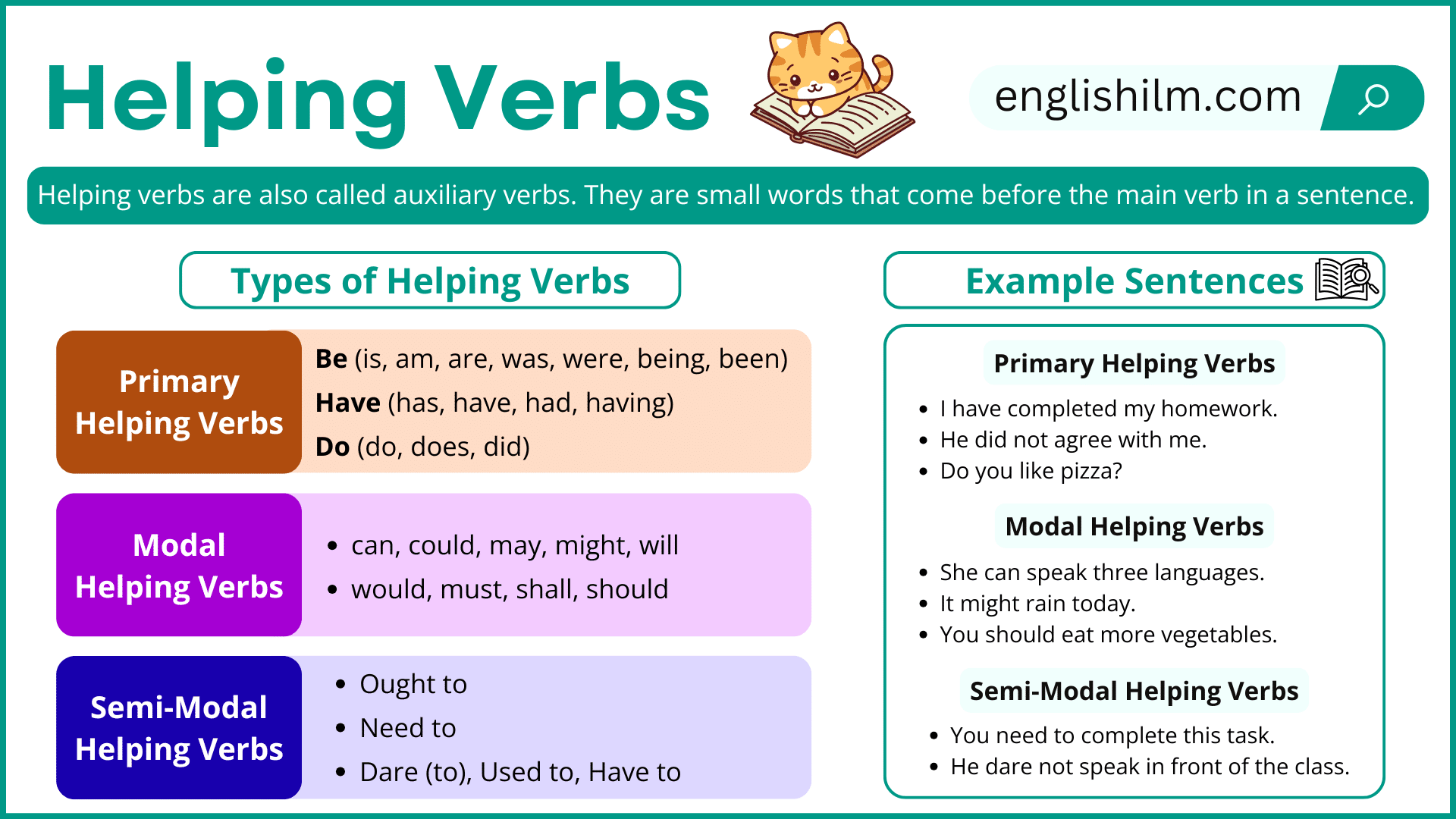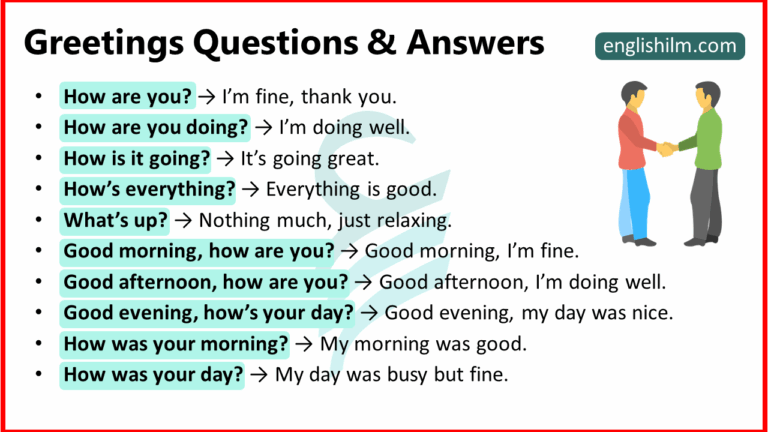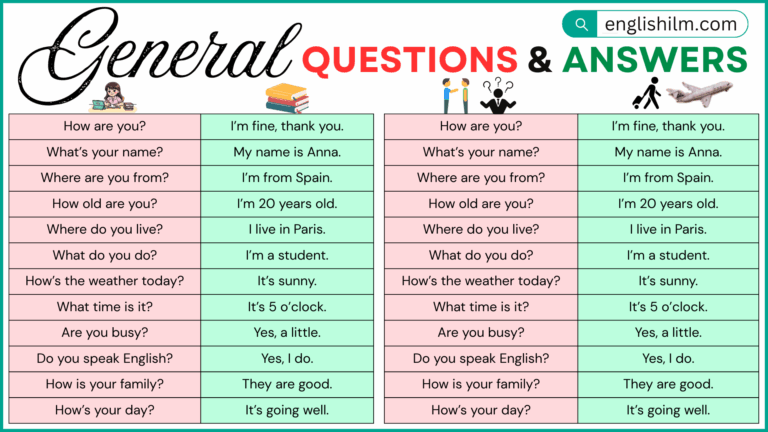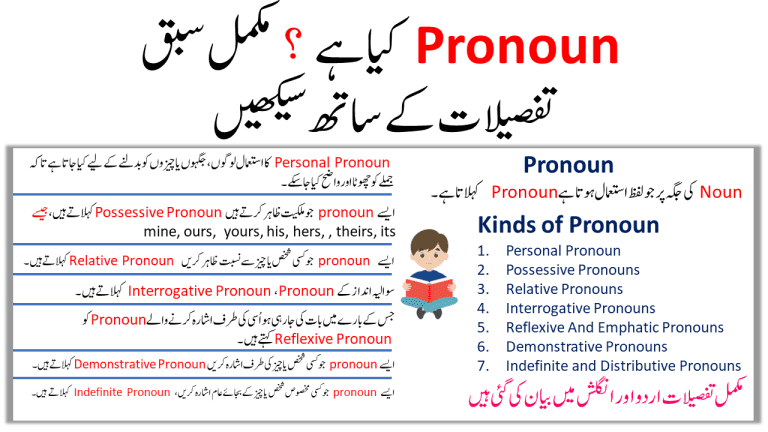In English, helping verbs play a very important role in making sentences clear and meaningful. They work together with main verbs to show time, mood, or possibility. Learning them will make your English speaking and writing easy, smooth, and correct.
What are Helping Verbs?
Helping verbs are also called auxiliary verbs. They are small words that come before the main verb in a sentence. Their job is to help the main verb to show tense, question, negative, or condition.
Example:
- She is running fast.
- We have finished our homework.
- They will go tomorrow.
List of Common Helping Verbs
There are three main types of helping verbs in English.
| Type | Helping Verbs | Example |
|---|---|---|
| Primary | is, am, are, was, were, has, have, had, do, does, did | She is happy. |
| Modal | can, could, may, might, shall, should, will, would, must, ought to | He can swim. |
| Semi-modals | need, dare, used to | She used to dance. |
Types of Helping Verbs
Helping verbs are divided into three main groups. Here, we will learn about these three groups in detail:
1. Primary Helping Verbs
These verbs are used to form tenses, negatives, and questions.
Words: is, am, are, was, were, has, have, had, do, does, did
Examples in Sentences:
- She is playing in the park. (Present Continuous)
- They were studying last night. (Past Continuous)
- I have completed my homework. (Present Perfect)
- He did not agree with me. (Negative form)
- Do you like pizza? (Question form)
2. Modal Helping Verbs
These verbs show ability, possibility, permission, necessity, or advice.
Words: can, could, may, might, shall, should, will, would, must, ought to
Examples in Sentences:
- She can speak three languages. (Ability)
- It might rain today. (Possibility)
- You should eat more vegetables. (Advice)
- He must finish his work on time. (Necessity)
- We will visit Paris next year. (Future plan)
3. Semi-Modal Helping Verbs
These verbs are similar to modals but are used in special cases.
Words: need, dare, used to
Examples in Sentences:
- You need to complete this task. (Necessity)
- He dare not speak in front of the class. (Courage / Negative form)
- She used to play football when she was young. (Past habit)
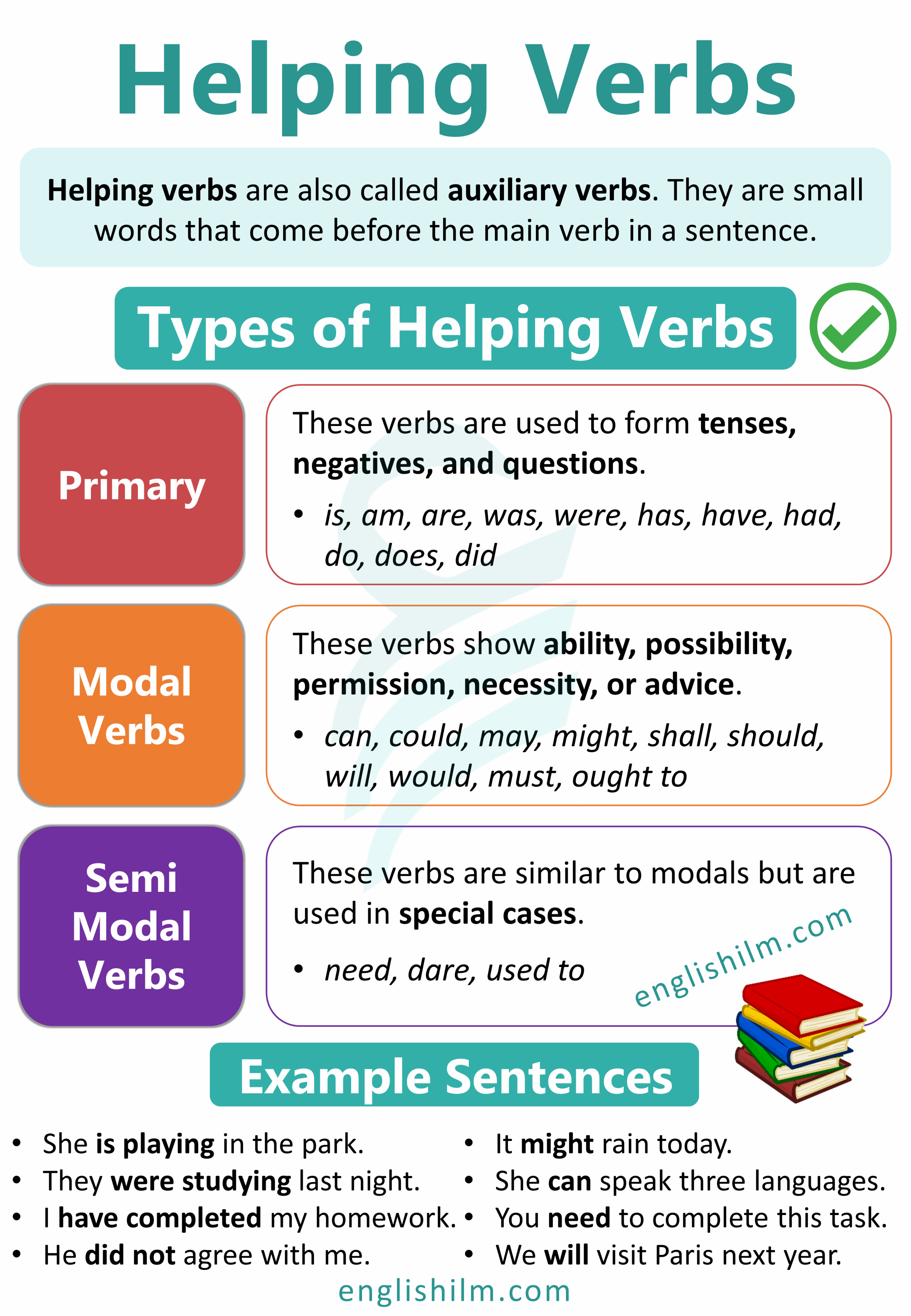
Why are Helping Verbs Important?
Helping verbs show:
- Tense → past, present, future
- Questions → Do you like tea?
- Negatives → She does not sing.
- Possibility → It might rain.
Examples:
- She was singing a song.
- We do not agree.
- They might travel soon.
Usage of Helping Verbs with Examples
Helping verbs are useful in many ways. Let’s see how:
1. To Show Tense
Helping verbs tell us if the action is in the past, present, or future.
- She is playing now.
- He was working yesterday.
- They will visit tomorrow.
2. To Make Questions
Helping verbs are used at the beginning of questions.
- Do you like coffee?
- Is she at home?
- Will they come today?
3. To Express Negatives
Adding not after a helping verb makes a negative sentence.
- She is not ready.
- They do not understand.
- He was not there.
4. To Show Possibility or Ability
Modal helping verbs show if something is possible or not.
- He can ride a bike.
- It might rain tomorrow.
- She must complete her work.
Helping verbs are small but powerful words. Without them, sentences may sound incomplete or confusing. By practising helping verbs in questions, negatives, tense forms, and possibility, learners can speak and write English with confidence.
FAQs about Helping Verbs
What are helping verbs with examples?
Helping verbs are words that support the main verb to complete the meaning of a sentence.
Example: She is running. (Helping verb = is, Main verb = running)
How many helping verbs are there in English?
There are 23 helping verbs in English. These include primary verbs (is, am, are, has, have, do, did), modal verbs (can, could, may, might, must, shall, should, will, would, ought to), and semi-modals (need, dare, used to).
What is the difference between a helping verb and a main verb?
A main verb shows the main action in a sentence, while a helping verb supports the main verb to show tense, question, negative, or possibility.
Example: She is singing. (is = helping verb, singing = main verb)
Can a sentence have two helping verbs?
Yes, sometimes a sentence can have two or more helping verbs.
Example: They will have been studying for two hours. (will + have + been are helping verbs)
Why are helping verbs important in English grammar?
Helping verbs are important because they make sentences clear and correct. They help to show time (tense), questions, negatives, and possibility. Without them, sentences may sound incomplete.
Read More

